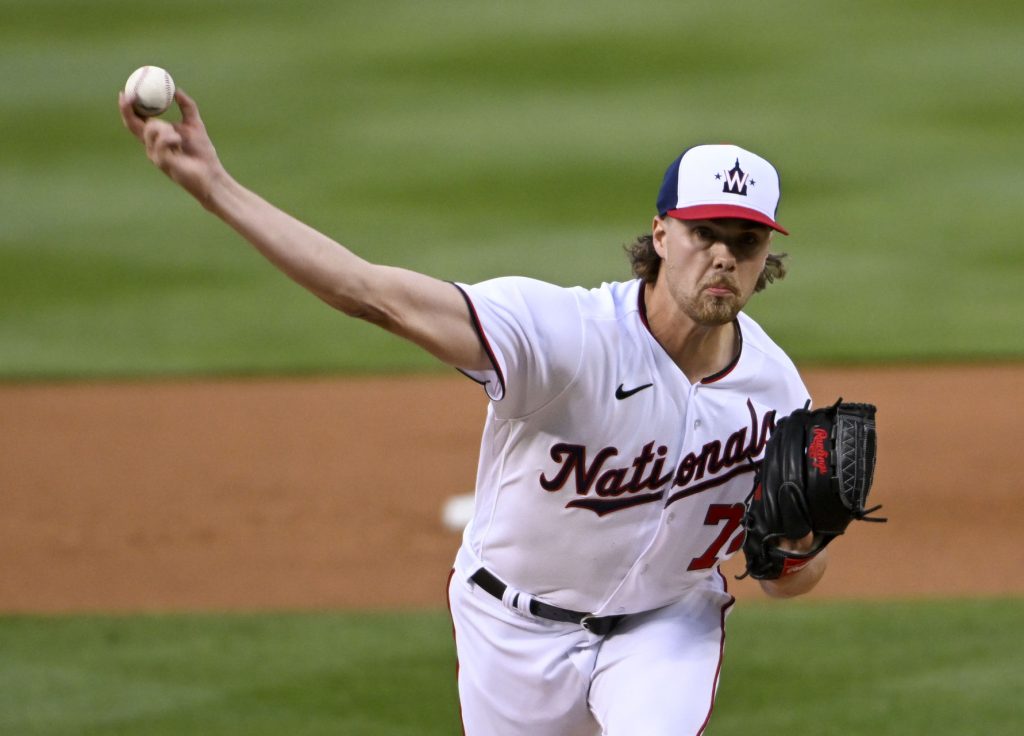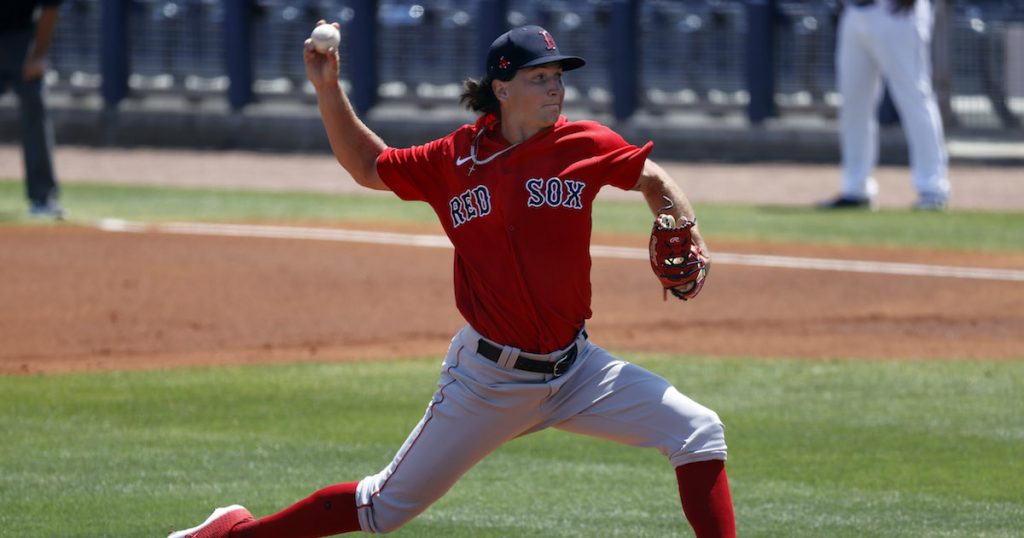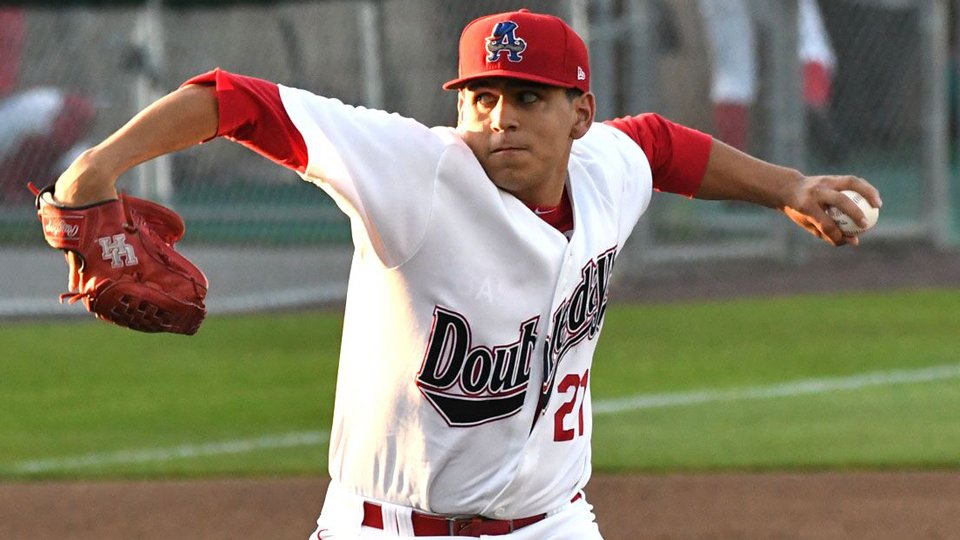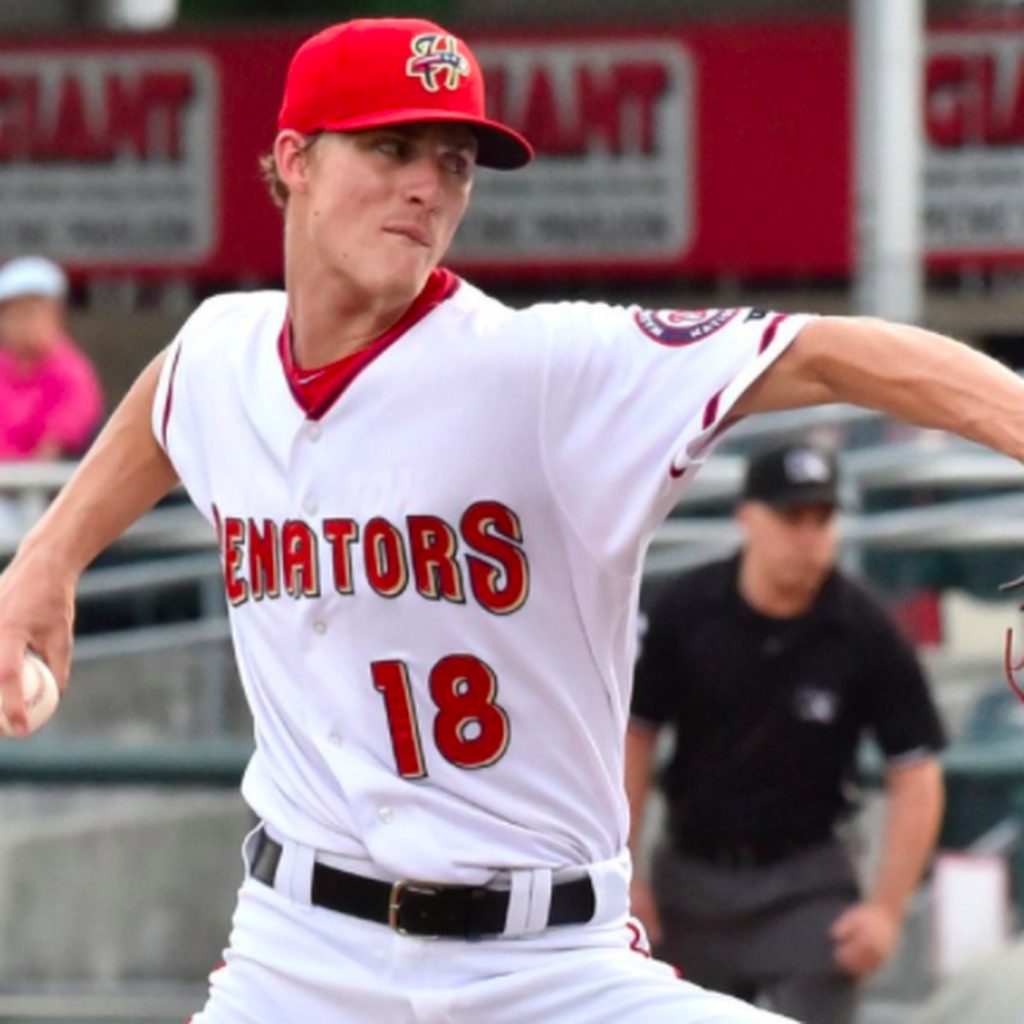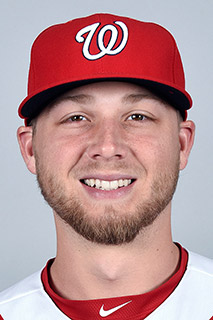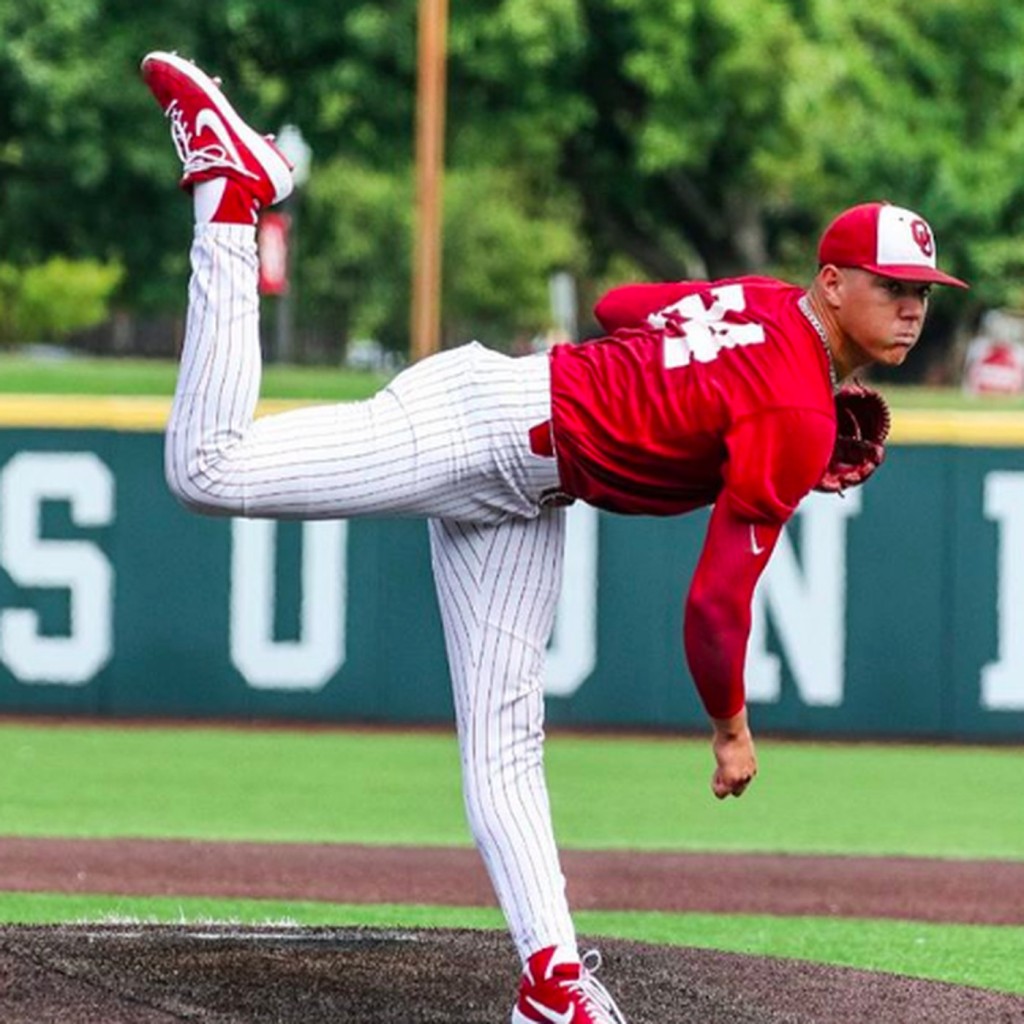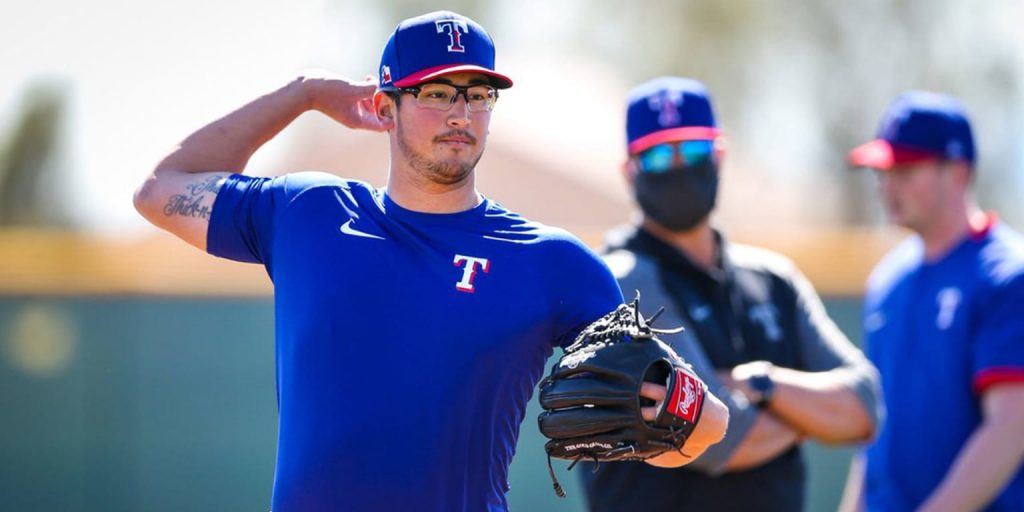So, the Nats have made some moves to theoretically shore up the rotations. I thought it was useful to take a quick gander at our starter depth and take a glance at what may happen.
Relying on the Big Board as always, lets do some thought exercises and think about the rotations for 2023 in all the full season teams.
MLB Projected Rotation
There are 11 Starters on the current 40-man roster, but only 5 rotation slots. But we also know we have serious injury concerns with some starters, some guys who are likely swingmen, some who are destined for A-ball.
- Strasburg, if healthy
- Corbin, if effective
- Grey
- Cavalli
- Gore
- Williams, newly acquired and apparently promised a rotation spot
My guess as to what happens is this: Strasburg is still hurt and goes on DL to start season, leaving us with the Corbin/Grey/Gore/Williams/Cavalli rotation (probably in that order). Now, both Cavalli and Gore had injury issues last season; if they cannot go, look for Ward, Espino, and Abbott to fill in (though honestly, Espino and Abbott’s splits as relievers were so much better than as starters that i’d look to keep them there).
This also assumes the team is going to continue to let Corbin pitch to a 7 ERA. I’m not sure they continue to do that forever; at some point, especially if someone presents coming out of AAA as worthy, we’ll see him either dumped to the pen or (more likely) released.
Now. Does the team seek out another starter to bolster this group? Only if they KNOW that there’s injury issues that likely lead to Grey/Cavalli/Gore starting on the DL, because otherwise they’re out of room. Lets say they bought another FA starter; who makes way? Not a healthy Strasburg or Corbin; that’s $60M of payroll. Not Williams. Not Grey; we didn’t trade for the guy to dump him in the bullpen. And certainly not Gore or Cavalli, who have nothing left to prove in AAA.
AAA Projected Rotation
Based on our current 40-man starters, their option status, and their capabilities, along with who we’ve signed as MLFAs (and assuming these guys don’t have opt-outs), here’s what our AAA rotation looks like right now:
- Adon
- Irvin
- Alexy
- Kilome (pretty sure he’s still with us as a 22 MLFA signing)
- Henry (injured in 2022)
- Tetreault (injured in 2022)
- Lee (injured in 2022)
- T.Romero (just resigned for 2023)
So. This being said: Henry had TOS is is out. Tetreault had a shoulder fracture and may or may not be out. Lee had a flexor sprain (often a precursor for Tommy John) and may not be reliable. So this may be thinner than we think.
Adon deserves to be in AAA. Irvin may not really “deserve” to be in AAA based on a 3.83 ERA in AA, but he’s on the 40-man and needs to be challenged. I’m pretty sure Kilome (a MLFA signing from LAST off-season but who is still listed as active and wasn’t on any MLFA lists) is here. That, plus newly signed MLFA Alexy and the re-signing of Romero makes five. But this is thin; the LR in AAA is Troop and his 2022 numbers were not good. I suspect we’ll be seeing a bunch more MLFA signings here, with perhaps Irvin being pushed back down to AA to start.
AA Projected Rotation
Here’s where things get thin, fast.
- Cate
- Reyes
- Herrera
- Parker
- Shuman
- Knowles
Cate at this point sounds like an innings eater in AA. Reyes and Herrera are long-serving org arms who also sound like Innings eaters in AA. If it was me, I’d be pushing up three starters out of High-A, all of whom pitched to really solid numbers in 2022. Parker posted a 2.88 ERA in 24 starts in High-A and absolutely will be in AA. Shuman hit the DL in July and never came off; the WP reported it was due to “elbow soreness.” Uh oh. Well, if he’s healthy he was solid in High-A in 2022, repeating the level, and has nothing left to prove there. Lastly you have Knowles, who had a 3.19 ERA as a swing man type with 13 starts. Why not.
If all these 6 are healthy, look for Reyes or Knowles to be a swing man type, maybe have Irvin duck into AA, or find another MLFA. I can’t see another High-A guy deserving of promotion.
Wow, this looks like a weak rotation for a AA team though.
High-A projected rotation
- Rutledge
- Cuevas
- Theophile
- Merrill?
- Saenz (maybe a reliever/long man now)
- Gausch?
- Collins
- Alvarez
- Hernandez (injured all of 2022)
- Dyson (injured all of 2022)
- Denaburg maybe?
Here’s where things get harder to predict. Rutledge, newly added to the 40-man and owner of a 4.90 ERA in low-A last year (“but he improved in August!”) just has to be promoted. Cuevas and Theophile are holdovers from the 2022 rotation, looking to improve, and I’d guess they start in the rotation as well.
After that, its a crap shoot. Merrill and Saenz were both kicked out of the 2022 rotation after sucking. Do they get another shot or are they Relievers now? Gausch started the 2022 season as a AA starter, got lit up, then suddenly was a reliever in High-A. Does he return to the rotation? Collins was an already too old for the level swing guy with solid low-A numbers; he could be given a shot in the rotation. Alvarez had great K numbers, prompting his promotion to High-A, but he seems more like a bullpen guy as a lefty.
You have two formerly solid looking starters in Hernandez and Dyson who missed all of 2022 but who showed 2021 promise at the level; they should (if healthy) slide right back in. Lastly you have to look at the rest of low-A to see who should be moved up … and the pickings are slim. Denaburg at this point is too old for Low-A and its time to see if he can ever become anything; i’d move him to High-A and if he can’t cut it move him to the pen. Can’t make much of a case for anyone else out of last year’s Low-A rotation to move forward … which will make the Low-A rotation super easy.
Low-A Rotation
- Susana
- Bennett
- Cornelio
- Young?
- Lara
- Caceres
- Atencio
- Aldonis
- Ramirez
We have to lead with Susana, who soon will be our best SP prospect once Cavalli graduates.
From there, I have to think at least the two top college Junior draftees from 2022 (2nd rounder Bennett and 7th rounder Cornelio) will be in low-A rotation. Perhaps even 11th rounder Luke Young.
After that, you have several holdovers from 2022 in Lara and Caceres. Lara is still ostensibly one of our better prospects and he’s super young, so he’s definitely starting. That’s six already, before talking about two guys who also were in the low-A rotation last year but who could get bumped to LR roles in Atencio and Aldonis.
Post publishing, KW in the comments reminded me about Aldo Ramirez, who we got from Boston in trade but who has been hurt. He was looking really solid for us in Low-A in 2021 before getting hurt and should start here in 2023 with an eye on moving up fast.
Did I forget anyone? What do you think; do we still need some reinforcements?
